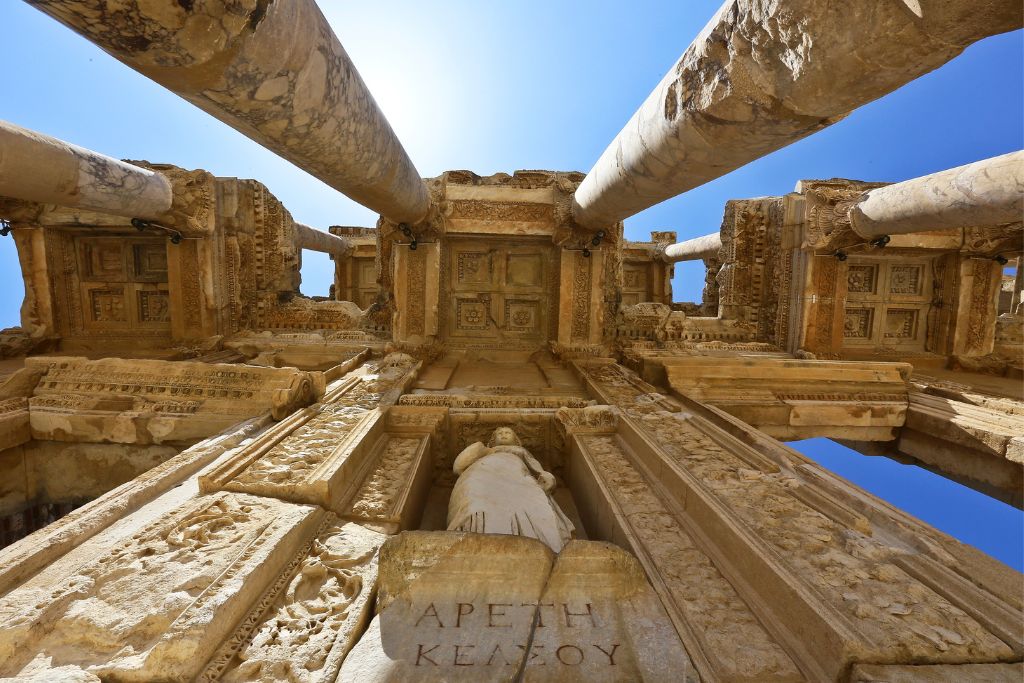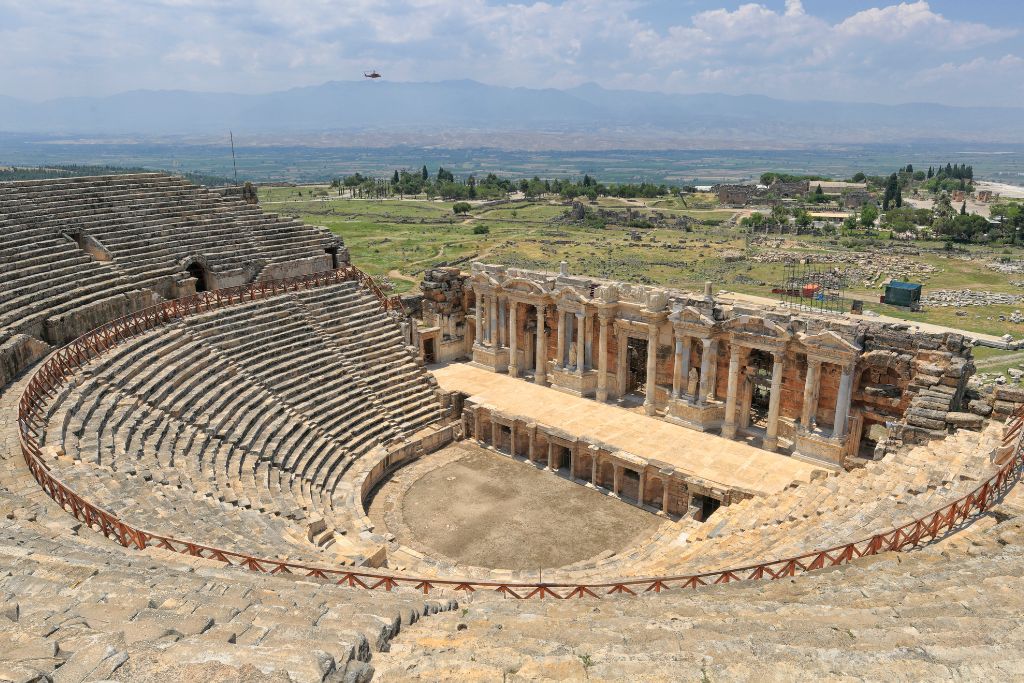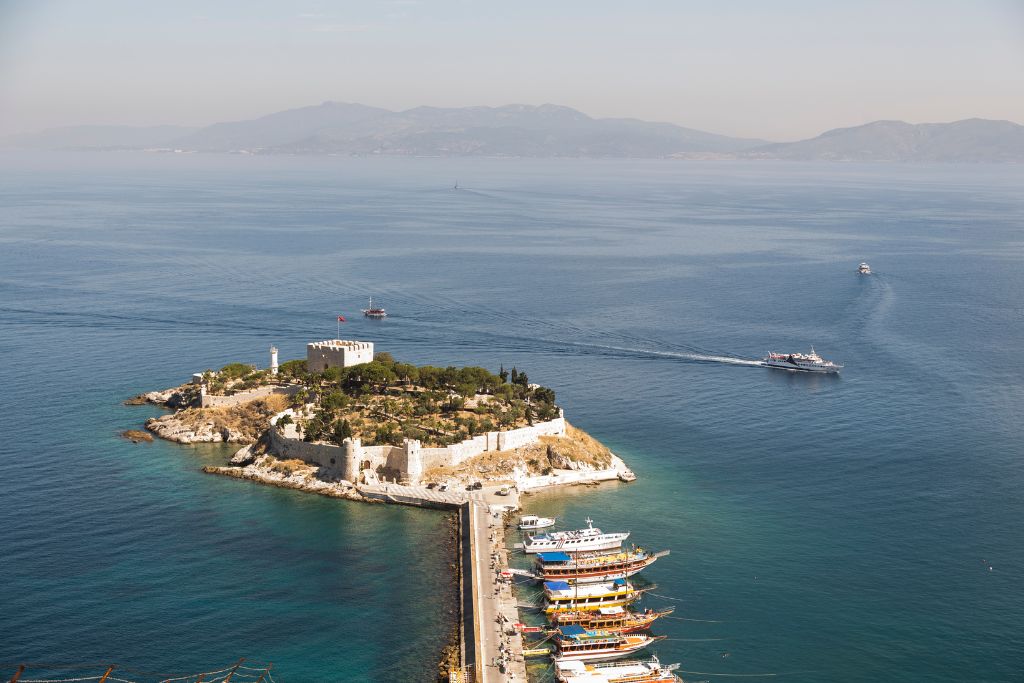During your next trip to Turkey, you should consider taking a Unesco Heritage tour of Anatolia, where you will be able to explore the ancient ruins of Hierapolis, Ephesus, and more. This tour will allow you to discover the history of Turkey, from the days of the Greeks to the Ottoman Empire. During your time in Anatolia, you will learn about the cultural and natural diversity of this region.
Istanbul
Visiting Anatolia and Turkey is a must for any traveler. This part of the world has been home to many ancient civilizations. It has been a crucial location for centuries. Today, Turkey shows off its historic, cultural, and natural beauties to millions of tourists every year.
There are several UNESCO World Heritage Sites in Turkey. These sites are part of an impressive collection of well-preserved cultural sites.

The World Heritage Sites in Turkey tell stories of ancient civilizations, living trends, and traditions. The sites are often referred to as open-air museums. The sites are selected by Unesco to represent the best examples of various cultures, religions, and beliefs.
Gallipoli peninsula
UNESCO Heritage Tour of Anatolia Now that Turkey includes the Trkiye and Gallipoli peninsulas, there is an opportunity to visit 19 World Heritage sites. All countries have the same rights to protect these sites. These sites are considered cultural and natural heritage and belong to all peoples. The process to apply to UNESCO for these sites can take several years. In the end, it’s up to a joint team to decide whether a site belongs on the list or not.

Anatolia has hosted several civilisations over the centuries. It was once part of the Ottoman Empire, but it has also welcomed Persians, Hittites, Crustines, Ionians, Lydians and Urartians.
Ephesus
UNESCO is responsible for the preservation of world heritage sites. There are currently 18 UNESCO World Heritage Sites in Turkey, that are open to visitors. The World Heritage Committee is still deciding on 60 more sites.

One of the major ancient sites in Turkey, Ephesus is located in the city of Izmir. The site has a huge theatre, a library of Celsus, and the Temple of Artemis. It is considered one of the most visited archaeological sites in the country. It also serves as a major Christian pilgrimage site. There are also ruins of the House of the Virgin Mary, the Grotto of the Seven Sleepers, and the Hippodrome of Constantinople.
Hierapolis
Currently, there are 19 UNESCO World Heritage Sites in Turkey. This list includes locations such as Pamukkale, Hierapolis, Hattusa, and Gobekli Tepe. These sites tell stories of past civilizations and urban traditions. They also tell stories of how cultures influence each other and how they develop.

These ancient sites are located throughout Turkey. In order to promote these sites, the Ministry of Culture and Tourism is eager to develop a number of different tourism activities. They are also promoting tourism as a tool for social and economic development. In this regard, they want to increase awareness of thermal tourism, agrotourism, and plateau tourism.
Fethiye
Having been home to multiple societies and civilizations for thousands of years, Anatolia has left a rich heritage across the country. The region’s strategic location made it a perfect place to develop many civilizations. Anatolia is a rich cultural and natural area, with a number of monuments and sites of archaeological and historical importance.

There are several archaeological and historical sites that are protected by UNESCO. However, many sites lack proper signage and heritage interpretation. A new agency, the Tourism Promotion and Development Agency (TPDA), is launching a number of promotional activities. This agency will provide a significant amount of funding for these efforts.
Kusadasi
Across the country, Anatolia has left traces of multiple civilizations. The Lydians, Greeks, and Romans are among the ancient settlers of Anatolia. The region is also home to prehistoric rock art, which requires protection and interpretation. The UNESCO World Heritage List has 18 major destinations in Turkey. Each has a specific characteristic that sets it apart.

The Great Mosque and Hospital of Divrigi, located in the Taurus Mountains in southern Turkey, is considered to be one of the masterpieces of Islamic architecture. It was built in 1228. Afterwards, it was converted to a hospital. It was added to the World Heritage List in 1985.









